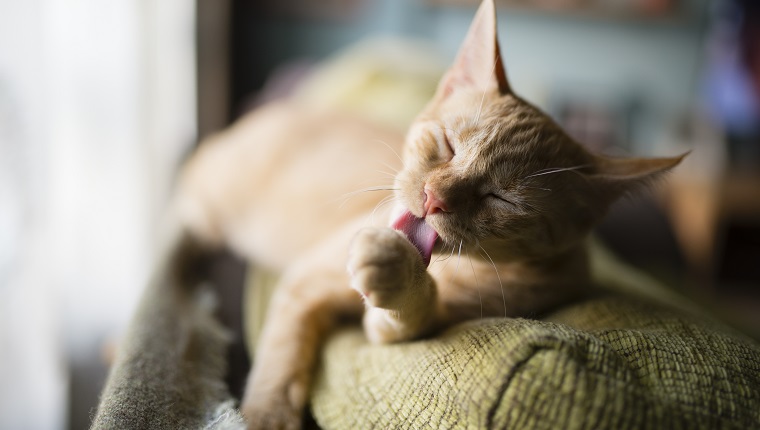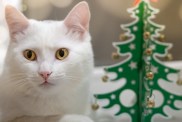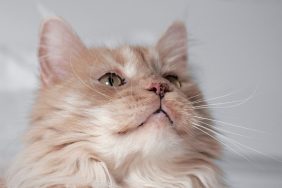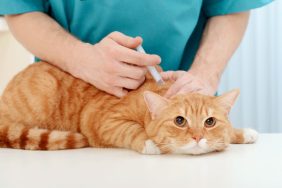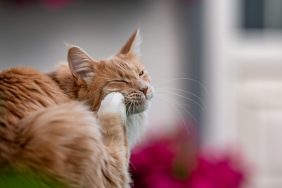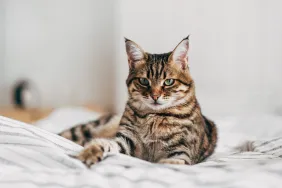Obsessive compulsive disorders (OCD) in cats describes conditions where cats repeat certain behaviors or actions that can have a negative impact on their health and daily functions.
Some common examples include constantly pacing or meowing, attempting to eat fabric around the home, and grooming to the extent that fur might fall off. In many cases, human reactions can also inadvertently reinforce compulsive behaviors.
Additionally,…
